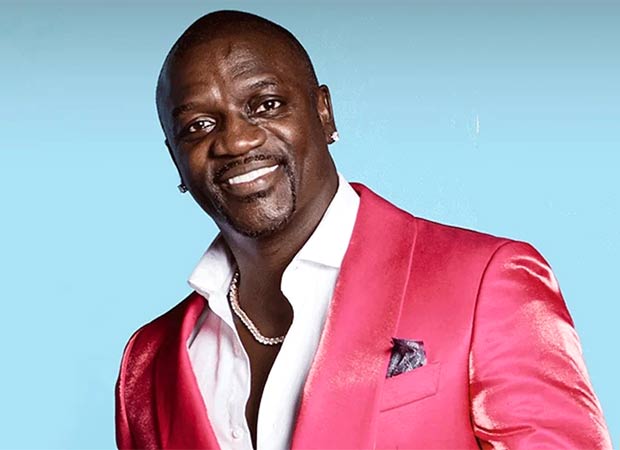In a small hilltop town above Italy’s Adriatic coast, where streets named after foreigners are almost nonexistent, one bears the decidedly un-Italian moniker of a farmer from Tasmania’s north-west. The street, Via Harvey Ling (Harvey Ling Way), in Montenero di Bisaccia, honours a remarkable friendship that started a world away during the dark days of World War II, survived decades across continents and continues today through two families. Some of those relatives of Francis “Harvey” Ling gathered recently in the street with his name to commemorate a story that began with young village man Croce Travaglini joining the Italian military, being captured by the Allies in Libya, shipped to India, then Australia in 1944 as a prisoner of war, and, finally, to a corner of Tasmania. There, Harvey and his family toiled on their 30-hectare dairy and vegetable farm at West Pine, near Penguin, doing their best to help the war effort during a labour shortage. Harvey applied to a government scheme assigning POWs as farm workers and was sent Croce. Croce Travaglini worked on the Ling family’s farm. (Supplied: Lisbeth Alley) For three years Croce, who died at the age of 90 in 2010, worked and lived with the Lings before returning to his home at the end of the war. His great-nephew, Giuseppe Chiappini, says Croce carried a love for the Ling family for the rest of his life and, to ensure the “incredible” story of their friendship was kept from the “dark of the past”, he asked the local authorities to name a street after Harvey. Author Joanne Tapiolas, who has researched the history of Italian POWs in Australia for her book Walking in Their Boots, says their personal tales give colour to stories captured mostly in black-and-white images. Italian POWs in Australia Harvey and Ruby Ling pose with their sons, Laurie and Roley, who were sent to fight in the war. (Supplied: Julie Orr) During World War II, as fighting drained the country’s workforce, more than 13,000 Italian POWs were sent to work on farms or government projects, such as wood chopping for industry, or growing produce. After a successful trial in Victoria and New South Wales in 1943, farmers were invited to apply to have an Italian POW work on their property. Joanne said some farmers refused to take part, but the “dire” shortage of agricultural labour left most with no option. Positive feedback from the trial also encouraged uptake. “It was for the betterment of everyone that these men weren’t behind barbed wire but they were out physically doing something important and worthwhile,” Joanne said. “Languishing behind barbed wire was not good for the mind, the soul, the body.” A group of Italian POWs behind the wire perimeter fence of Liverpool POW and internment camp. (Supplied: Australian War Memorial – 123706) Some Italian POWs worried about how they would be treated and were reluctant to work on farms, but the sight of a family on their arrival at a farm often made their fears melt away, Joanne said. “It was not like they were home but they were in a family environment and they would be safe.” A letter written by an Italian POW in Tasmania to fellow POWs in a camp in NSW shows how deeply affecting and comforting the presence of family could be. “He said, ‘The work keeps me busy … at the end of the day, I pick up the little girl, I put her in my arms and I sing her Italian songs,’” Joanne said. “He said: ‘I am happy, I am happy’.” A 1944 document praising Italian POWs in Tasmania (NAA: A376 T321). (Supplied: Joanne Tapiolas) Mixed response to workforce Many farms and rural communities welcomed the Italian POWs, but townsfolk were not always accepting, Joanne said. While farmers had little option but to employ a POW or face potential bankruptcy from reduced output or a spoiled harvest due to lack of workers, some distrusted or disliked the Italians. Italian POWs harvesting a crop of onions on a vegetable farm. (Supplied: Australian War Memorial – 063809) For many, they represented the enemy and an affront to returned soldiers or soldiers still fighting abroad. The healthy appearance of the POWs, who had access to fresh and plentiful food on farms that “townies” could not access, stirred further resentment. “They’ve got fresh eggs, fresh milk, butter, chickens and access to bacon,” Joanne said. “But town people, they’ve got rations, they can’t have butter, but they’ve heard the Italian POWs have butter.” Julie Orr, granddaughter of Harvey, said Croce experienced discrimination in Tasmania, but what stood out to the Italian POW was Harvey’s outrage and support. “[Pop] took a load of potatoes down to the wharf and the wharfies refused to load it because he had Croce with him, he was furious,” Julie said. “Things like that stood out in Croce’s mind, that this man would stand up for him.” Francis “Harvey” and Ruby Ling. (Supplied: Julie Orr) Lifelong connections forged Croce kept contact with the Ling family through letters and cards until his death in 2010, more than six decades after living in Tasmania. Giuseppe assisted him in writing to the family by translating his messages into English. Today, he speaks with Harvey’s descendants through video calls and online messaging but members of the two families have met in person over the decades. Of particular significance was a visit to Italy in the 1980s by a granddaughter of the Lings, Lisbeth Alley, who was able to locate Croce by asking neighbours and townsfolk about his whereabouts. Lisbeth Alley (on right) with Croce Travaglini and family in 1988. (Supplied: Lisbeth Alley) “I took them to my great-uncle’s house and you can’t imagine how happy my uncle was when he had the opportunity to meet a member of the family that saved him from the war,” Giuseppe said. “Mr Harvey treated him like a part of the family … I grew up with this story in my mind and my heart.”
